Igamyeonok (이가면옥)
10.7Km 2021-03-18
33, Jahamun-ro, 1-gil, Jongno-gu, Seoul
+82-2-3210-3337
A cold buckwheat noodles specialty restaurant located near Gyeongbokgung (Government Complex-Seoul) Station in Seoul. Hamheung-style naengmyeon (Korean cold noodle) restaurant. The most famous menu is cold buckwheat noodles with raw fish.
Sangchonjae (상촌재)
10.7Km 2023-08-25
12-11 Sangchonjae, Jahamun-ro 17gil, Jongno-gu, Seoul
Sangchonjae House, administré par la Fondation culturelle de Jongno, désigne un espace culturel hanok situé dans le village de Sejong, Ogin-dong, Jongno-gu. Le site propose différentes activités culturelles autour des traditions en Corée.
Marché de Tongin (통인시장)
10.7Km 2022-12-13
18, Jahamun-ro 15-gil, Jongno-gu, Seoul
+82-2-722-0911
Le marché de Tongin a été crée en juin 1941 sous l’occupation japonaise. Après la guerre du 25 juin, le région de Seochong a connu une hausse de la consommation causée par la soudaine croissance démographique. Des boutiques et des magasins se sont créés sous forme de marché public.
Le marché public Tongin se compose de 75 restaurants dont principalement des restaurants et des magasins de banchans (petits plats d'accompagnements) qui livrent des produits frais : poissons, fruits et légumes. D’autres commerces de vêtements, chaussures et retouches sont présents sur le marché.
Won Gopchang (원곱창)
10.7Km 2021-03-20
105, Sajik-ro, Jongno-gu, Seoul
+82-2-722-2934
A place that sells grilled intestines loved by Koreans. The best menu at this restaurant is grilled beef reed tripe/grilled pork intestine. This Korean dishes restaurant is located in Jongno-gu, Seoul.
Musée d'Histoire de Séoul (서울역사박물관)
10.7Km 2023-08-25
55, Saemunan-ro, Jongno-gu, Seoul-si
+82-2-724-0274~6
Le musée d'Histoire de Séoul présente l'histoire et la culture de Séoul en partant de la préhistoire jusqu'à l'époque moderne en se centrant sur la période de la dynastie Joseon. Pour montrer l'histoire et la culture de Séoul qui est en plein essor pour devenir une métropole mondiale et en s'établissant comme espace culturel représentatif qui récupère, préserve, étudie et organise des expositions des patrimoines culturels, le musée d'histoire de Séoul joue le rôle de musée qui insuffle fierté et solidarité aux Séoulites et qui montre l'identité de notre culture aux étrangers.
Seochon Chingune (서촌친구네)
10.7Km 2021-03-18
32, Jahamun-ro 1-gil, Jongno-gu, Seoul
+82-2-720-4763
A Seafood specialty restaurant located in Jongno-gu, Seoul. A restaurant serving a variety of seafood dishes. The most famous menu is steamed clams.
Hojil (호질)
10.7Km 2021-03-20
15, Jahamun-ro, 9-gil, Jongno-gu, Seoul
+82-2-764-6822
A good restaurant to visit before and after the tour, being located near Gyeongbokgung Palace, one of the tourist attractions. This restaurant's signature menu is spicy sea snail salad. This Korean dishes restaurant is located in Jongno-gu, Seoul.
Enceinte de l’ancienne légation russe (구러시아공사관)
10.7Km 2020-06-18
21-18, Jeongdong-gil, Jung-gu, Seoul-si
+82-2-3396-5882
La légation russe a été bâtie dans le style de la renaissance en 1890. C’est l’architecte russe A. J. Scredin Sabatine qui en a conçu la structure. En 1895, à l’époque de la dynastie Joseon, a eu lieu l’incident de Eulmisabyeon, pendant lequel le Japon a fait une démonstration de force. Alors que des luttes de pouvoir éclataient entre le Japon, la Chine, la Russie et d’autres puissances, l’Impératrice Myeongseong-hwanghu émergeait en tant que personnalité forte de la Corée. Elle était considérée comme une menace par le Ministre japonais Miura Goro, qui a donc ordonné son assassinat. Après avoir appris la nouvelle de l’assassinat de l’Impératrice, le roi Gojong et le prince héritier ont trouvé refuge dans l’ambassade russe pendant un an.
Après 1945, l’Union Sovétique a réinvesti l’ambassade, jusqu’à ce qu’elle soit presque entièrement détruite durant un incendie pendant la Guerre de Corée (1950-1953). Les seules parties rescapées sont la tour et les sous-sols. Le bâtiment a été restauré dans son état actuel en 1973 et c’est à présent un jardin public très apprécié.
Podam (포담)
10.7Km 2021-03-22
11, Jahamun-ro, 9-gil, Jongno-gu, Seoul
+82-2-733-0831
A store featured in Korean gourmet programs. This Chinese (cuisine) restaurant is located in Jongno-gu, Seoul. The most famous menu is dim sum.
Seochon Guest House [Korea Quality] / 서촌 게스트하우스 [한국관광 품질인증]
10.7Km 2023-04-07
28-3, Jahamun-ro 7-gil, Jongno-gu, Seoul
+82-010-3345-9680
Seochon Guest House is located in Seochon, which is becoming a hot place for tourists in Seoul, and precisely on the road to Suseong Valley, whichis filled with interesting stores and is also well-known for Park Nosoo Art Gallery and the House of Yun Dong-ju (poet). Seochon Guest House is nicknamed ‘Jaeminangol (interesting village)’ after Baekseok’s poem ‘Yeowunangol’, with the aim of providing a visit full of interesting experiences. Passing through a garden and entering the main building, the unique charm of this hanok building, the staircase to get to the first floor from daecheong (main floored room), catches the eye of the visitors. In addition, the building is decorated with various stylish objects including paintings and Korean musical instruments. The terrace situated on the first floor offers an open view of the surrounding area including roof tiles of hanok structures and alleyways in Seochon. It is said that Korean novelist Yoon Hu-myeong also appreciated the structure of the guesthouse, saying, “It is an interesting place.” Built in the 1930s, the house, which has many storage places, was taken by the owner couple in spring 2014 as they were attracted by the house during their trip to Seochon. After the repair work, the ground floor of the house was opened for guests from January 2016, hoping that guests could share their daily experiences and stories with each other. The guestrooms and the main floored room on the ground floor are open to guests, with the exception of the first floor, which is used by the owner couple. The living room is equipped with books, a curved TV, and a table. The tasty meal, which is served in the kitchen, consists of rice and soup with six side dishes and is much loved by guests. The guesthouse offers a total of four rooms – Jae Room, which is the most Korean-style room; Mi Room, which has a combined style of a Korean-style room and Western-style room; Nan Room, which is an ideal room for meditation with a beautiful paper window; and Ahn Room, which is equipped with a veranda and a pretty flowerbed. Every room has its separate charm with various comfortable bedding to provide a quiet and cozy bedroom for guests in the middle of the city. Furthermore, the guesthouse holds a pansori (epic chant) performance twice a year. The owner started learning how to sing pansori to promote the Korean culture and tradition to foreigners. When a pansori performance is held, the owner offers traditional Korean snacks and drinks including sikhye (sweet rice punch), sujeonggwa (cinnamon punch), traditional sweets and cookies, and tteok (rice cakes) to visitors, tourists, and performers. Moreover, it provides cultural programs such as a Gukak (Korean classical music) experience, Korean traditional clothes experience, and making Korean food experience, as well as other activities with guests, such as trip to the city wall between Inwangsan Mountain and Bugaksan Mountain, and the Royal Palace Tour to Gyeongbokgung Palace, etc., as well as a trip to a traditional market.
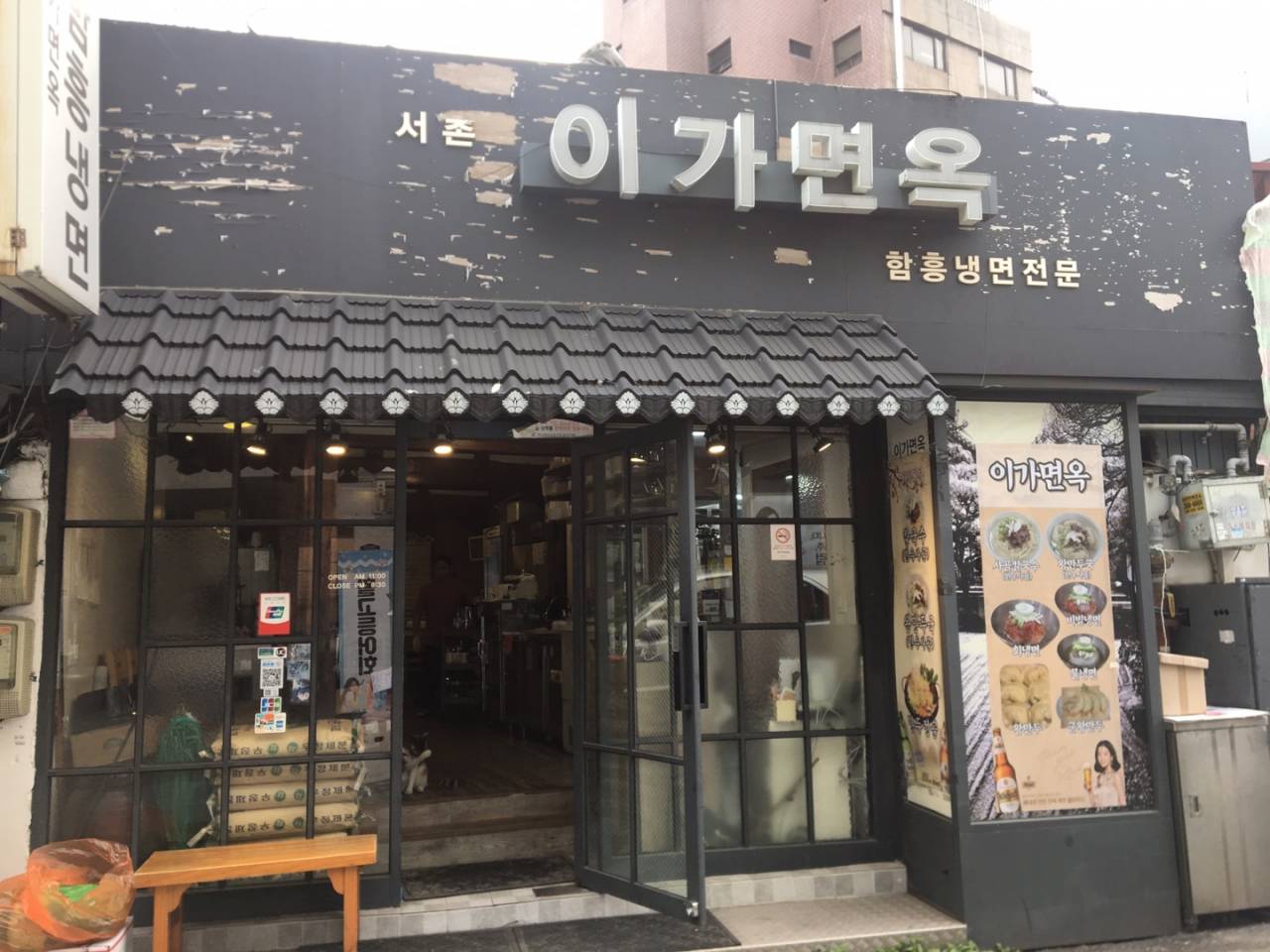

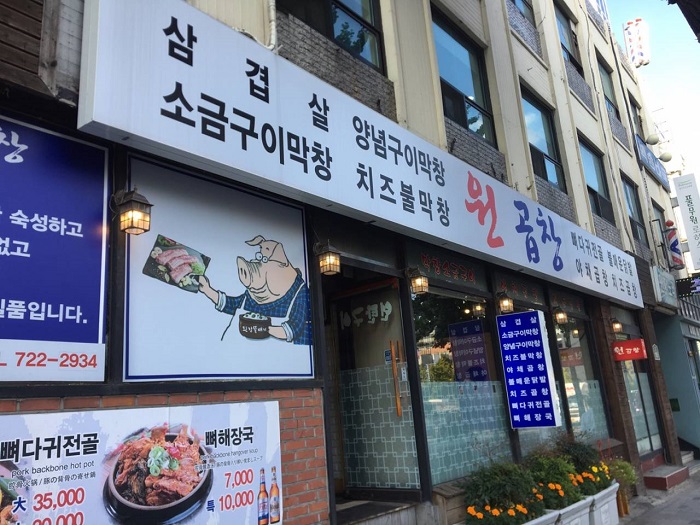
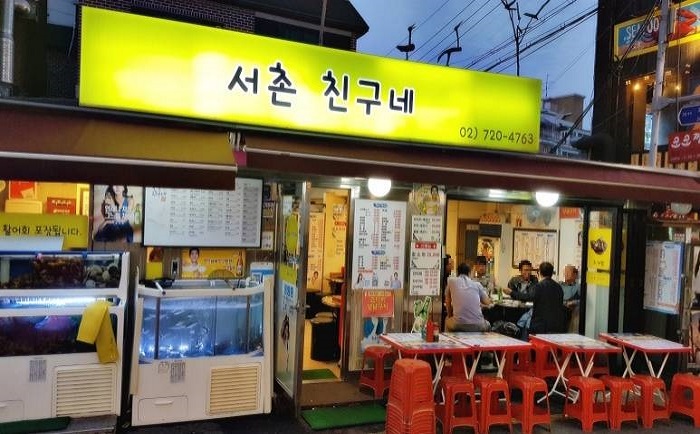
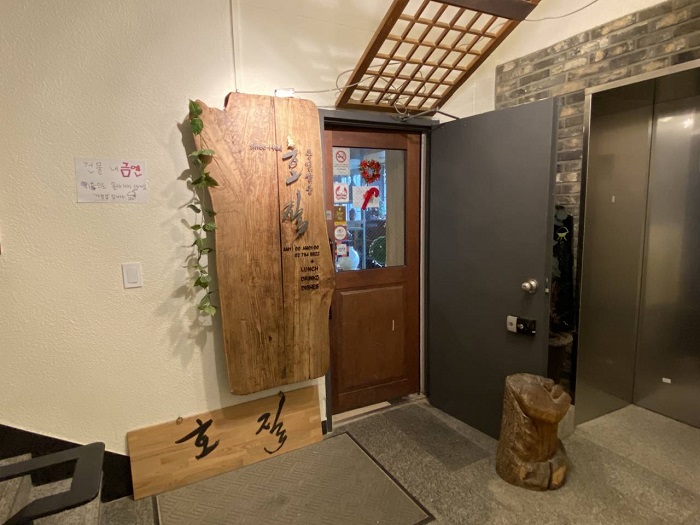
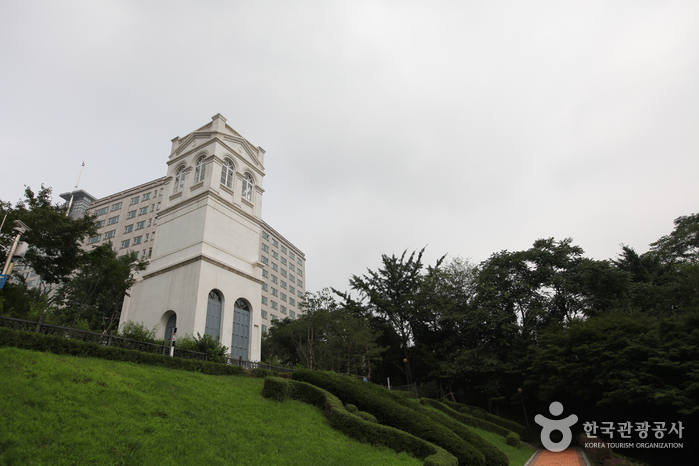
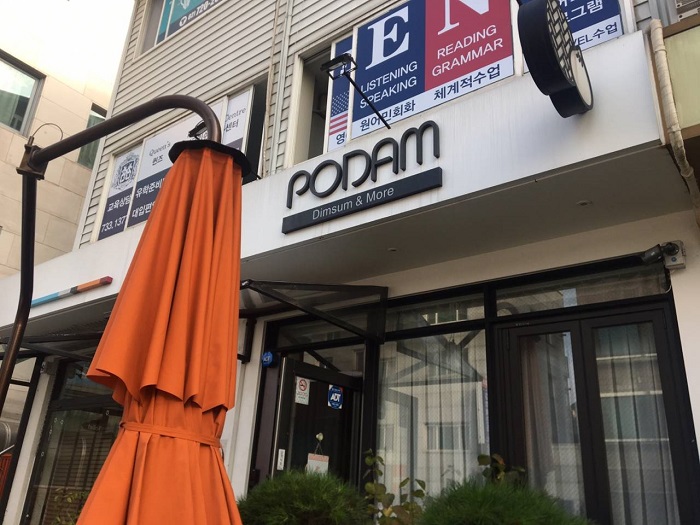
![Seochon Guest House [Korea Quality] / 서촌 게스트하우스 [한국관광 품질인증]](http://tong.visitkorea.or.kr/cms/resource/41/2447241_image2_1.jpg)
 Français
Français
 한국어
한국어 English
English 日本語
日本語 中文(简体)
中文(简体) Deutsch
Deutsch Español
Español Русский
Русский